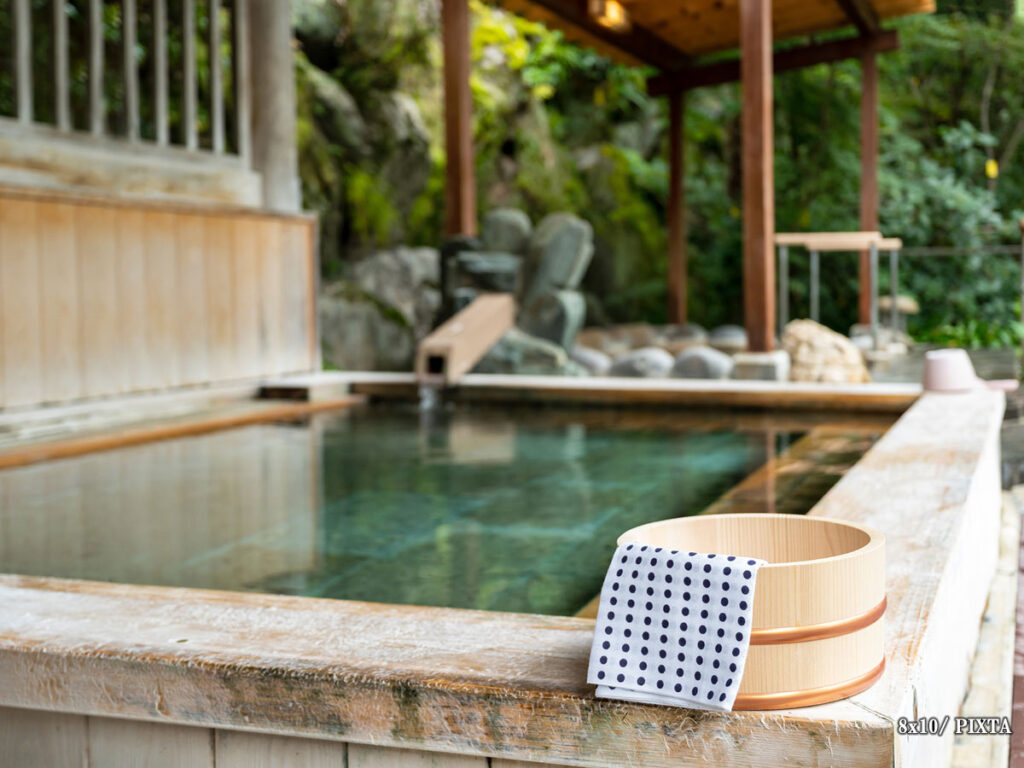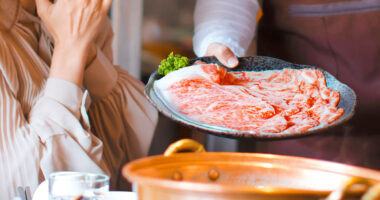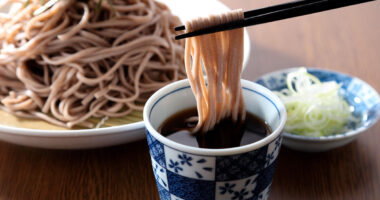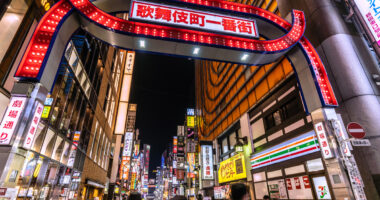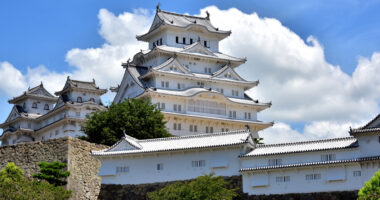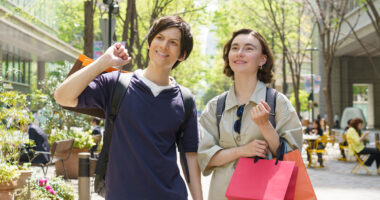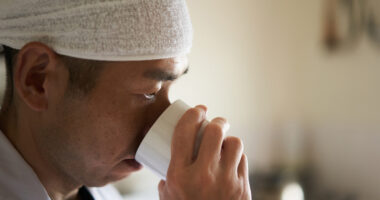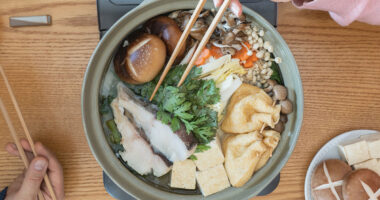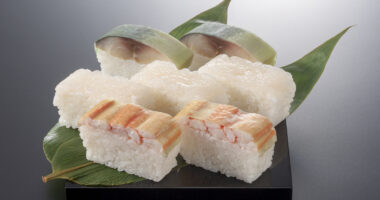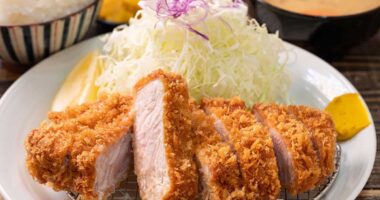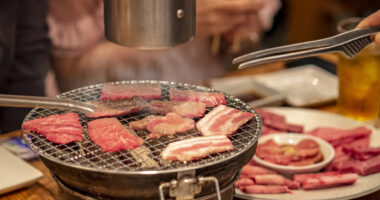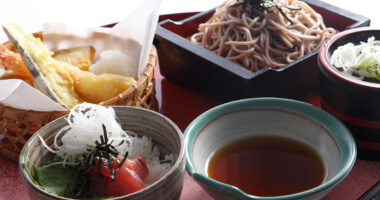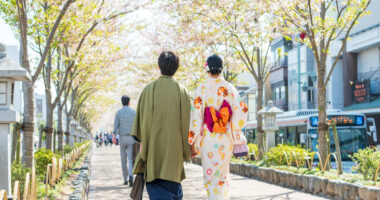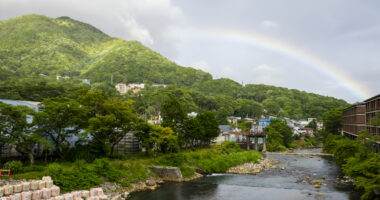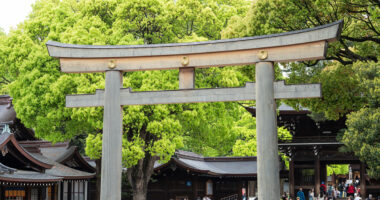Visiting an onsen (hot spring) or sentō (public bath) is a quintessential Japanese experience. By respecting the rules, understanding proper manners, and considering health tips, you can ensure a pleasant experience for everyone. Here’s a guide to help you prepare.
The rules and manners for using these baths are rooted in the idea that the bathwater should remain as clean as possible and the experience should be peaceful and respectful for all.
Things to know before you visit an onsen or sento
Nudity
The rule at almost all onsen and sento in Japan is you remove all of your clothes before entering. Note that cleaning staff of the opposite sex may enter the dressing rooms and bath areas during operating hours for maintenance purposes. If you prefer a more private bathing experience, paid private baths are available at some onsen.
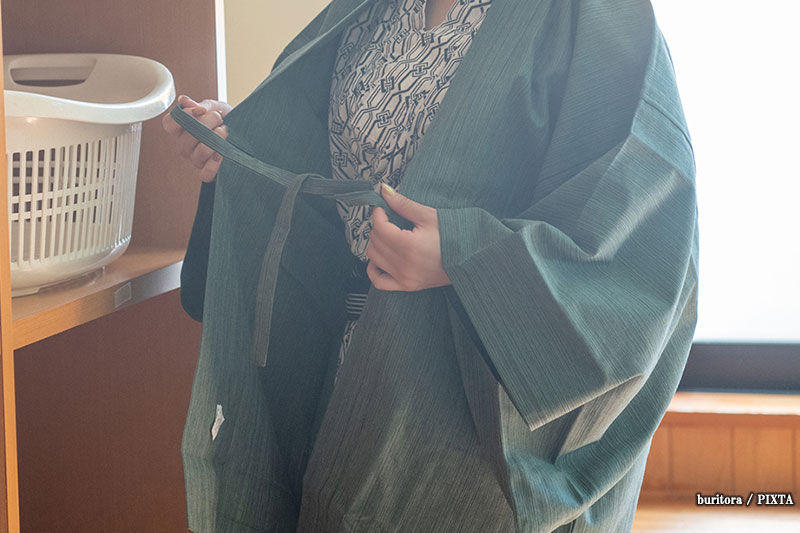
Bathing in the nude is the general rule at onsen and sento (photo for illustrative purposes)
Check for tattoo policies
Tattoos have a complex cultural history in Japan and are often associated with underground elements of society. Some onsen and sento prohibit tattoos, regardless of design or size. If you have tattoos, check the facility’s policy beforehand. Some places may allow you to cover tattoos with stickers.

Tattoos aren’t allowed at some sento and onsen so be sure to confirm the policies (photo for illustrative purposes)
Bringing in children
For families, check with the facility in advance to find out the age limit at which your children of the opposite sex may accompany you in the dressing room and bath. In Tokyo, for example, this is limited to children up to seven years of age.
Photography
Many onsen and sento have rules prohibiting the use of any device equipped with a camera in public dressing rooms and bath areas. In Tokyo, for example, this rule is standard across all sento baths. Check with the establishment if you are uncertain.
Before the bath
Areas for men and women
It should be obvious but in case there are no English signs and no other guests when you visit, look for the kanji for man 男 or woman 女 on posted signs or displays, or for fabric dividers often—but not always—colored blue for men and red or pink for women at the entrance to the respective bath areas.
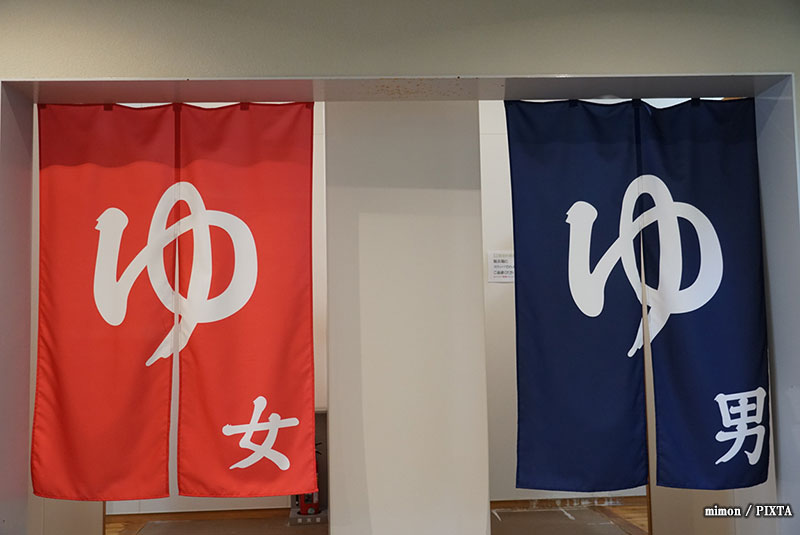
Fabric dividers for the women’s and men’s bath entrances at an onsen (photo for illustrative purposes)
Dressing room etiquette
Use the provided baskets or lockers for your belongings. If there are lockers, there will often—but not always—be a key attached with an elastic band which you can carry on your wrist. Don’t forget to take it with you. If there are only baskets, you can leave your valuables with the attendant at the entrance.
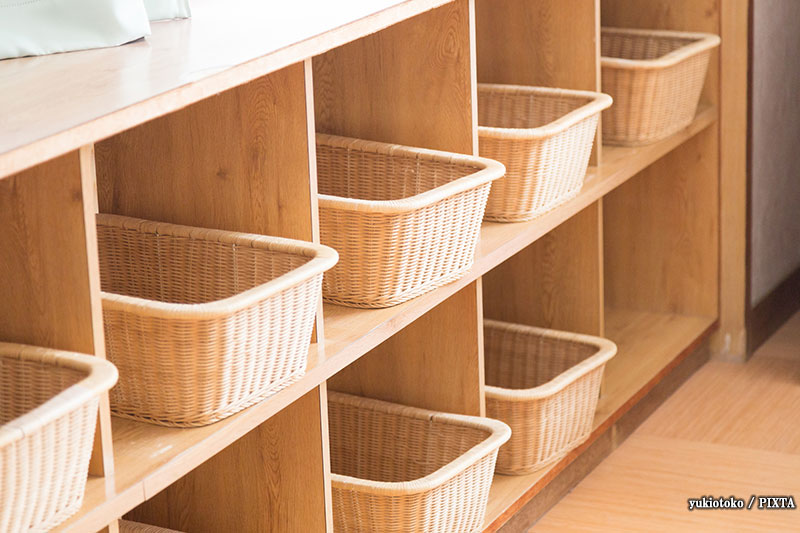
Baskets to store your clothes and belongings are often used at onsen and sento (photo for illustrative purposes)
Clean your body first
Before entering the communal bath, wash your body thoroughly in the shower area provided. Sit down on the provided stools while you wash to avoid splashing others. Many facilities will have shower heads but at minimum, you’ll always be able to fill the provided basin with water from the spout. Ensure all soap and shampoo are rinsed off completely.
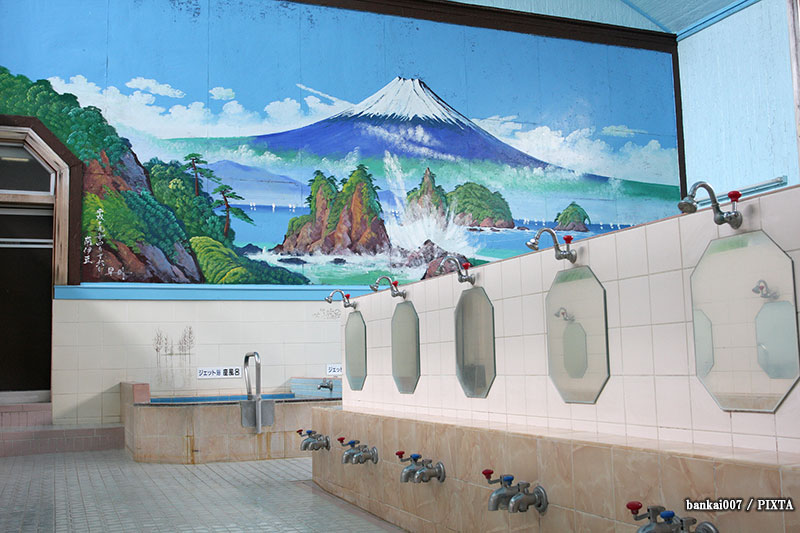
The washing area at a Japanese sento. Stools and basins are provided during operating hours (photo for illustrative purposes)
Bathing and afterwards
Entering and using the bath
Be sure to check if other people are in the bath first then gently ease into the bath to avoid disturbing others.
Japanese public baths are meant for soaking and relaxing. Do not swim, play, or talk loudly in the bath. Do not wash your body, clothes or any item in the bath water.
Moreover, although the sentiment is not shared by everyone, many Japanese people feel that hair should not come in contact with the communal bath water. If you have long hair, you’ll decrease the chance of causing discomfort if you tie it up before entering and avoid intentionally submerging your head.
No towels in the water
Do not bring towels into the bathwater. Place your small towel on your head or leave it outside the bath.
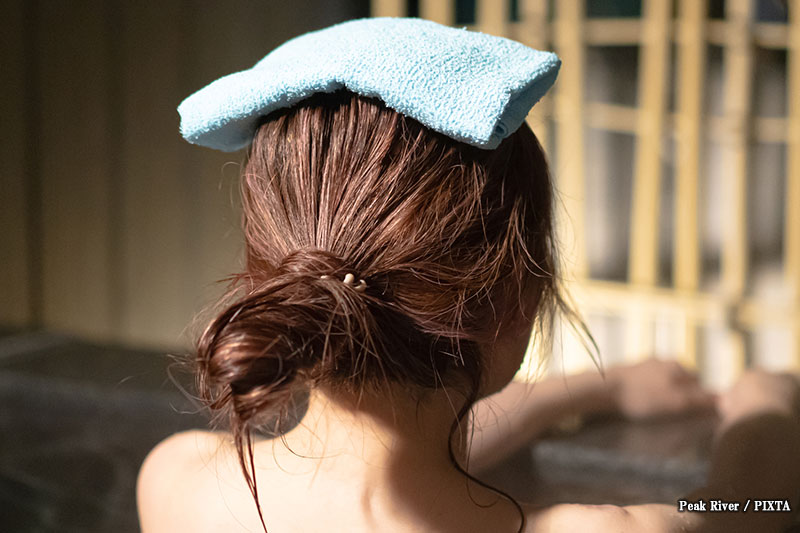
Towels should never go inside the water (photo for illustrative purposes)
Dry off before exiting the shower area
Use your towel to dry off before leaving the shower area to avoid dripping water in the dressing room.
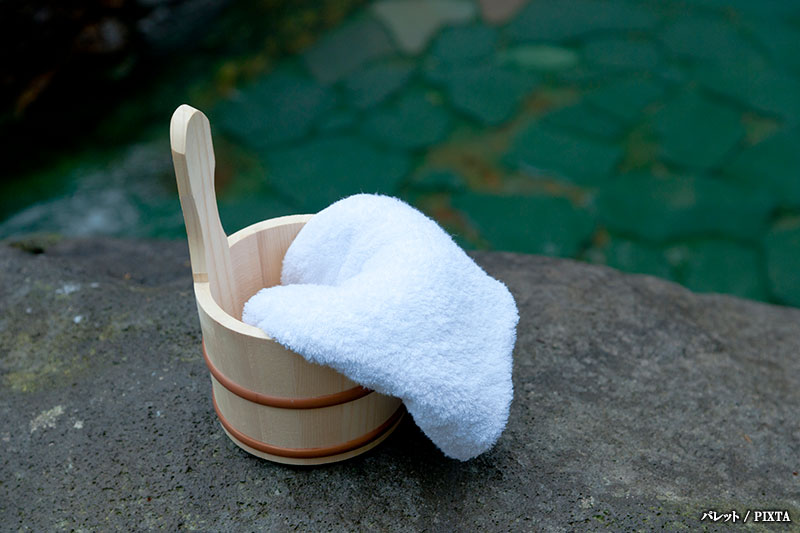
Wipe yourself off with a towel (photo for illustrative purposes)
Health Considerations
Adjusting to hot water
Shower in hot (not scalding) water or, if using a basin, pour hot water over yourself several times before entering the bath to prevent a sudden rise in blood pressure and to acclimate your body to the warm water.
Hydration
Always hydrate before and after bathing to compensate for the fluids lost during your soak.
Alcohol
Avoid drinking alcohol before bathing, as it can lead to dehydration and increase the risk of accidents.
Feeling unwell
Avoid entering the bath if you feel unwell. If you experience dizziness or discomfort, exit slowly and seek assistance if necessary.
Bathing time
Those experiencing onsen or sento for the first time may be unsure how long they should stay in the bath. The Tokyo Sento Association, for example, recommends bathing for between 5 to 10 minutes when the water is hot and about 20 minutes when the water is warm.
By following these guidelines, you can enjoy a safe, comfortable and respectful onsen or sento experience, immersing yourself in a unique aspect of Japanese culture.
Sources: Japanese Onsen Association, Tokyo Sento Association
